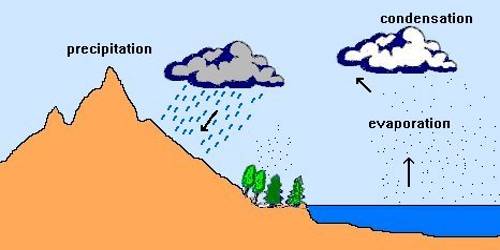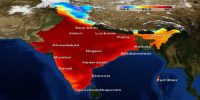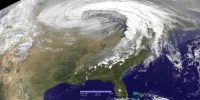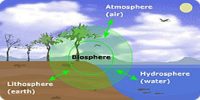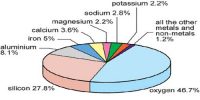Evaporation in Atmosphere
The amount of water vapor in the atmosphere is added or withdrawn due to evaporation and condensation respectively. Evaporation is a process by which water is transformed from liquid to gaseous state. Heat is the main cause of evaporation. It is the process by which water changes from a liquid to a gas or vapor. It is the primary pathway that water moves from the liquid state back into the water cycle as atmospheric water vapor. Water molecules are constantly cycled through our atmosphere when rain falls, then dries up and eventually falls again. When the various sources of water on the planet “dry”, evaporation is occurring.
The temperature at which the water starts evaporating is referred to as the latent heat of vaporization. Increase in temperature increases water absorption and retention capacity of the given parcel of air. Similarly, if the moisture content is low, air has a potentiality of absorbing and retaining moisture. Movement of air replaces the saturated layer with the unsaturated layer. Hence, the greater the movement of air, the greater is the evaporation.
